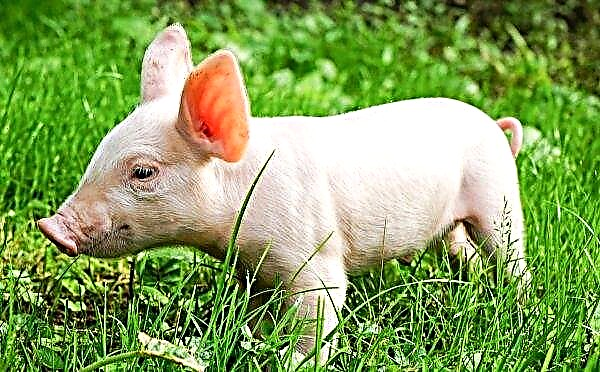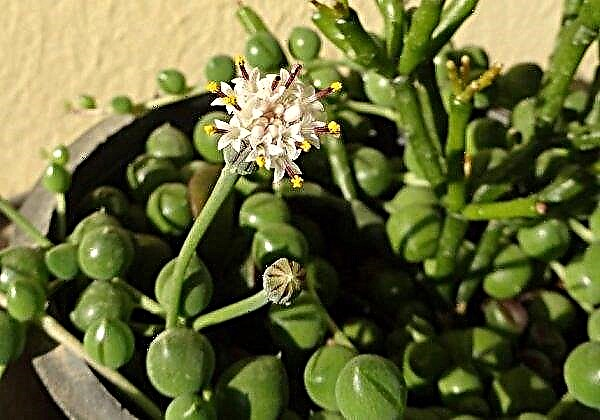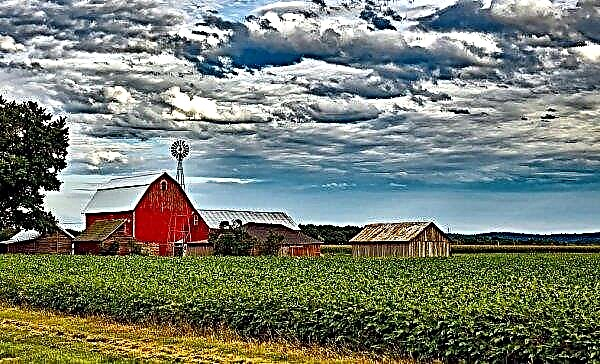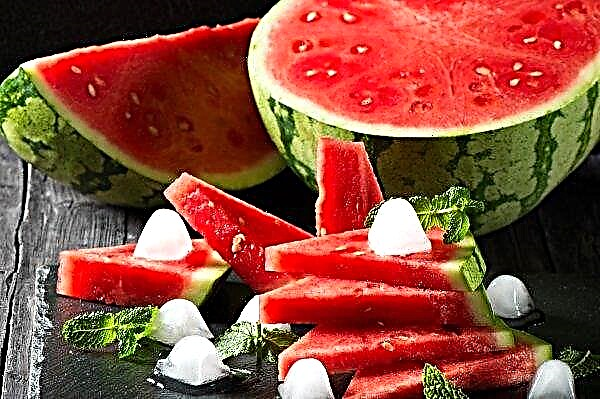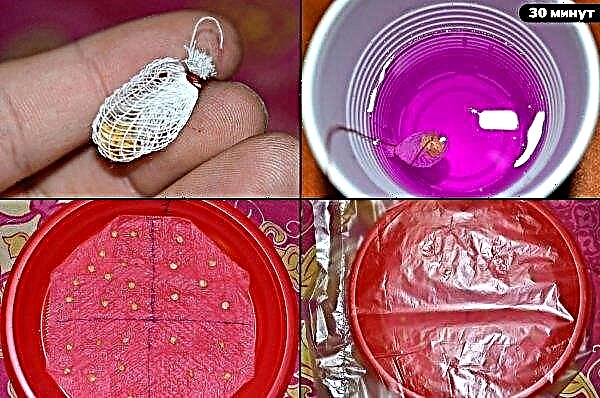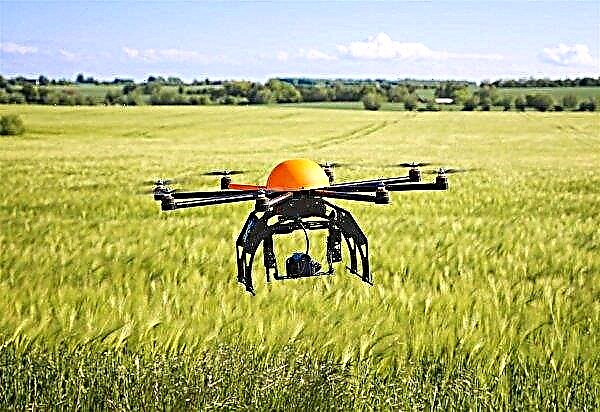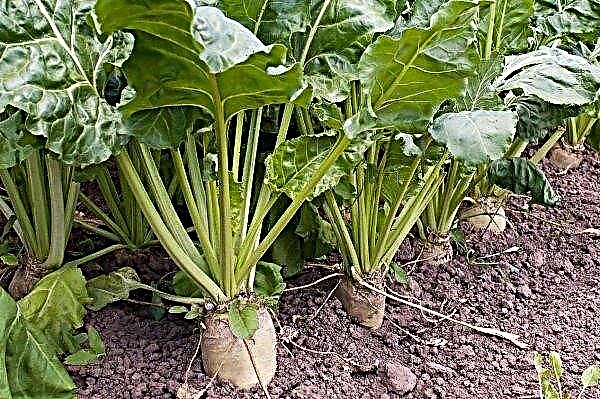Cabbage is a rather capricious vegetable crop that requires nutritious, light soil for successful fruiting. Experienced vegetable growers know that throughout the growing season the plant should be provided with regular and high-quality nutrition. One of the best ways to increase the nutritional value of the soil is to sow green manure. What siderates to sow after cabbage and how to apply them most effectively is further in the article.
What is siderata
Siderata, or green fertilizers, are a category of plants of cultivated or wild species, the cultivation of which is carried out in order to fill the soil with nutrients. The essence of green manure is to use the green mass of plants to produce organic natural fertilizers.
Did you know? One of the best green manure is white mustard, which grows literally on the fourth day after sowing. In addition, the plant is widely used in folk healing as an antitussive and expectorant.
Types of Siderata
Siderat plants are designed to create a nutritious, healthy, nutrient-rich soil, ideal for cultivating vegetables or horticultural crops. Siderates perform a number of critical functions.
 Soil fortification with green manure
Soil fortification with green manure
- They are used for:
- loosening the soil, enriching it with oxygen, important micro and macro elements;
- disinfection of soil from various pests and ailments;
- improving the fertile qualities of the earth;
- obtaining organic mulch;
- organizing plants at a comfortable temperature and humidity level;
- protect the soil from drying out;
- soil acidity reduction;
- inhibition of weed growth and development;
- protect crops from spring return frosts.
Important! Siderates include over 300 species of various plants, however, the above crops are considered the most used and popular.
All green fertilizers can be divided into several main types:
- Legumes. These include beans, peas, soybeans, lentils, clover, alfalfa. Siderates of the described species are considered to be natural sources of nitrogen, they are characterized by amicable shoots, a rapid build-up of green mass. Plants well loosen the soil, inhibit the growth of weeds.

- Buckwheat. The main representative of the species is buckwheat, which is characterized by fast growth rates and the ability to enrich the earth with potassium and phosphorus. It is ideal for soil with increased density.
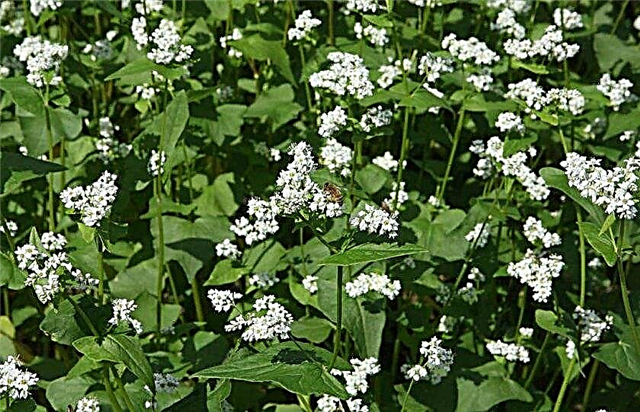
- Cruciferous. This category includes rapeseed, white mustard and oil radish, which are well received, quickly emerge and form a large green mass. Plants are great for protecting plantings from wireworms.

- Cereal. The main representatives of this type are barley, rye, oats. Crops are unpretentious to weather conditions, the ability to saturate the soil with phosphorus and potassium. They prevent the growth of weeds and normalize the level of soil moisture.

- Hydrophiles. This type of green manure represents phacelia, which is distinguished by its ability to perfectly drain the soil, neutralize acidity, and saturate the earth with nitrogen.

Most effective use
To achieve maximum efficiency from the use of green fertilizers, you need to know after which crops they need to be planted. It should be remembered that it is impossible to sow the main culture from the same family before and after sideral plants. For example, after cabbage vegetable growers are not advised to plant rapeseed, since he, like cabbage, is a member of Cruciferous.

The compatibility of the siderate precursors and the base culture is presented in the table:
| Green fertilizer | Basic culture |
| Mustard, rye, oats, oil radish | Under tomatoes, cucumbers, peppers, zucchini |
| Colza, lupine, peas, beans, vetch, phacelia, oats | Before pumpkin and nightshade (potatoes, pumpkin, peppers, eggplant, tomatoes, squash, squash) |
| Mustard, radish, rapeseed, vetch, pea | Before root crops (carrots, beets, potatoes) |
| All bean | Under the tomatoes |
| Mustard and Phacelia | Under garlic |
| Lupine, sweet clover, clover, vetch | Under the cabbage |
| Mustard, rapeseed, lupine, clover | Under the onion |
| Lupine, beans, soybeans, lentils, peas, vetch, clover | Turnip and radish |
| Mustard, rapeseed, oilseed radish | Under peas, beans |
| Mustard, Phacelia, Oats | Under the strawberries |
It is recommended to take into account that the laying of siderates is carried out 10-14 days before sowing the base vegetable. Of all the sideral plants, cruciferous ones are the most difficult - rapeseed, mustard, oil radish. They categorically can not be sown in front of any varieties of cabbage, since the fruiting of the vegetable will be reduced to zero.
Important! Phacelia is considered a universal siderate, devoid of any related plants. For this reason, it can be sown before and after any type of vegetable crop.
Selection of green manure for planting after cabbage in the fall
An important rule for conducting sideration is considered to be the observance of crop rotation principles. As mentioned above, cabbage is a representative of the Cruciferous family, which excludes the possibility of planting rape, white mustard, oil radish, rye before and after it. Cabbage during its ripening during the growing season is very depleting of the earth, so the best method to fill the lack of nutrients in the soil is the planting of green fertilizers.

Immediately after harvesting, experts recommend sowing the patch with marigolds or nails.. These plants quickly sprout, gain green mass, after which they are cut to the root and added to the compost waste. After harvesting the plants, the earth is well loosened.
Also in September, sowing a mixture of wiki and oats is practiced, which even before the start of frost has time to build up a large green mass. A few weeks before the onset of frost, siderates mow and leave on the site. Such measures allow you to keep moisture in the soil until spring.
Did you know? There are more than a hundred varieties of cabbage in the world, but all of them can be divided into three main varieties: white, cauliflower and leafy. The most popular and widespread is white-headed, Beijing and colored.
Selection of green manure for planting before cabbage
As previous crops before planting cabbage seedlings legumes are recommended, for example, osier, peas, beans, soy. Such green fertilizers make it possible to normalize the acidity level of the soil, optimize its structure, and enrich it with nitrogen-containing substances.
In the first spring months after the snow cover has melted, it is advisable to sow the garden with fatselia, which, thanks to good winter hardiness, sprouts well even in March. In the last weeks of April - early May, cabbage seedlings are planted directly in the sprouted phacelia.
 Siderat will neutralize the acidity of the soil, which is very important for all cabbage crops, and also protect the vegetable from direct sunlight and the attack of a cruciferous flea, caterpillar, bug
Siderat will neutralize the acidity of the soil, which is very important for all cabbage crops, and also protect the vegetable from direct sunlight and the attack of a cruciferous flea, caterpillar, bug
High efficiency in pest control, along with phacelia, is provided by lupine, melilot, oats, which are also planted under cabbage. In May, after harvesting phacelia, calendula is sown around the perimeter of the plot, suitable for improving the soil and scaring away many parasites, in particular ticks, caterpillars, thrips.
Important! Seedling material, which is planted directly in growing green manure, is better accepted, grows faster, has stronger immunity, and is less exposed to various ailments.
Siderata for cabbage - an affordable, simple and inexpensive solution to improve the fertility of the soil and, as a result, increase the fruiting of the vegetable, its protection against diseases and parasites. When cultivating cabbage, the soil condition is one of the most important aspects affecting the quality and quantity of the crop. Properly selected sideral plants can solve the problem of land depletion in just one season.






